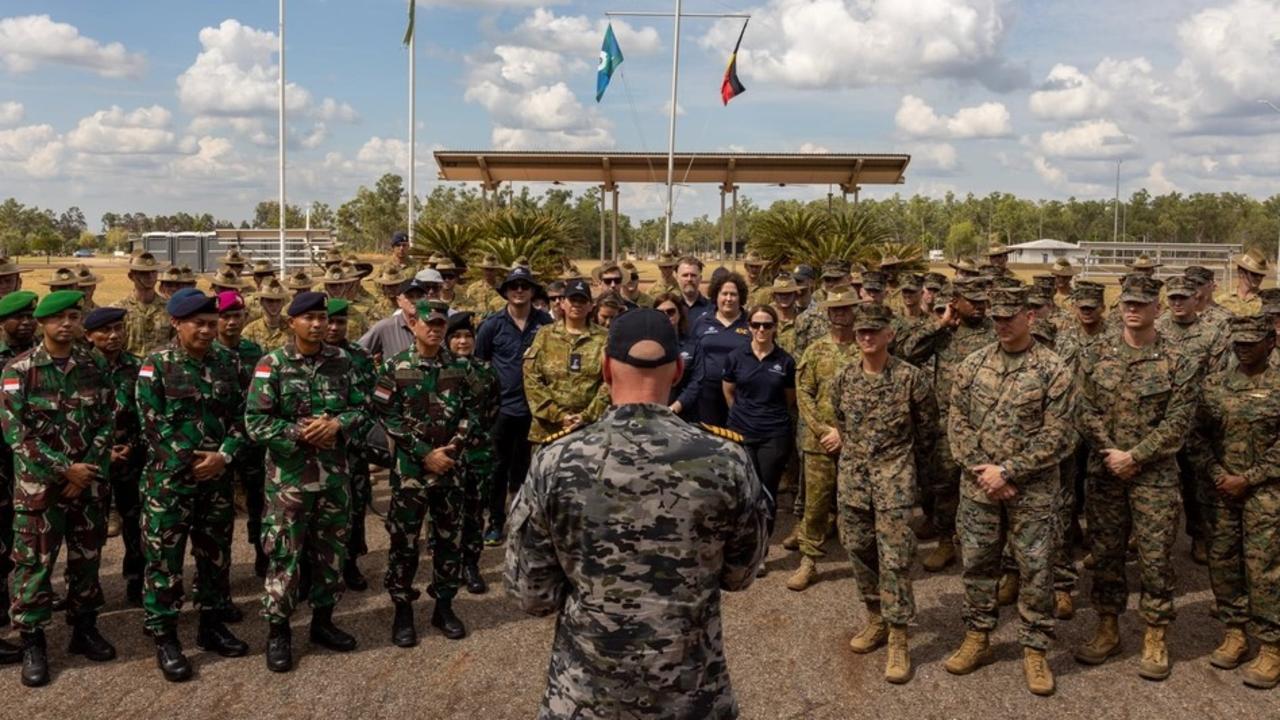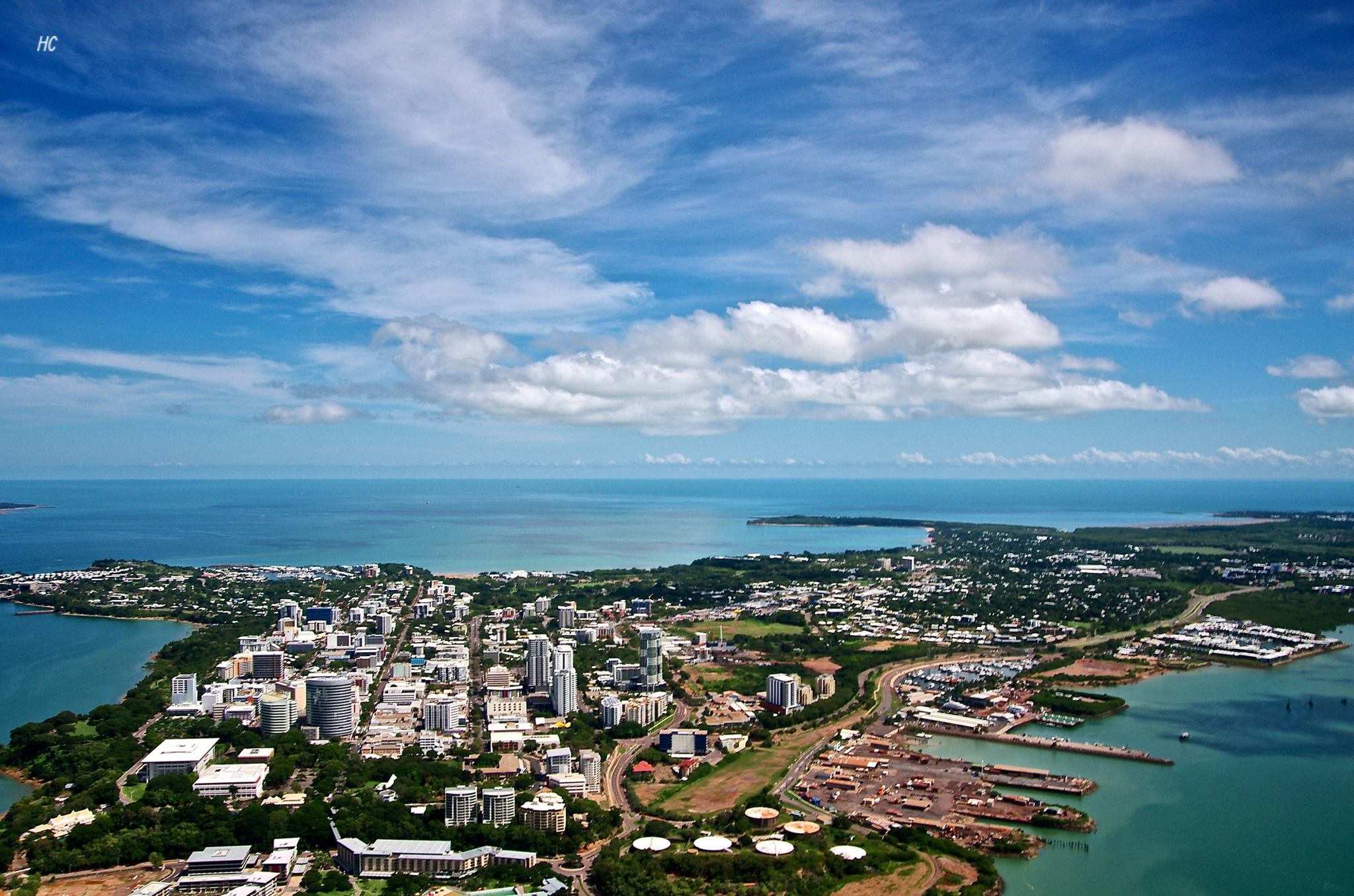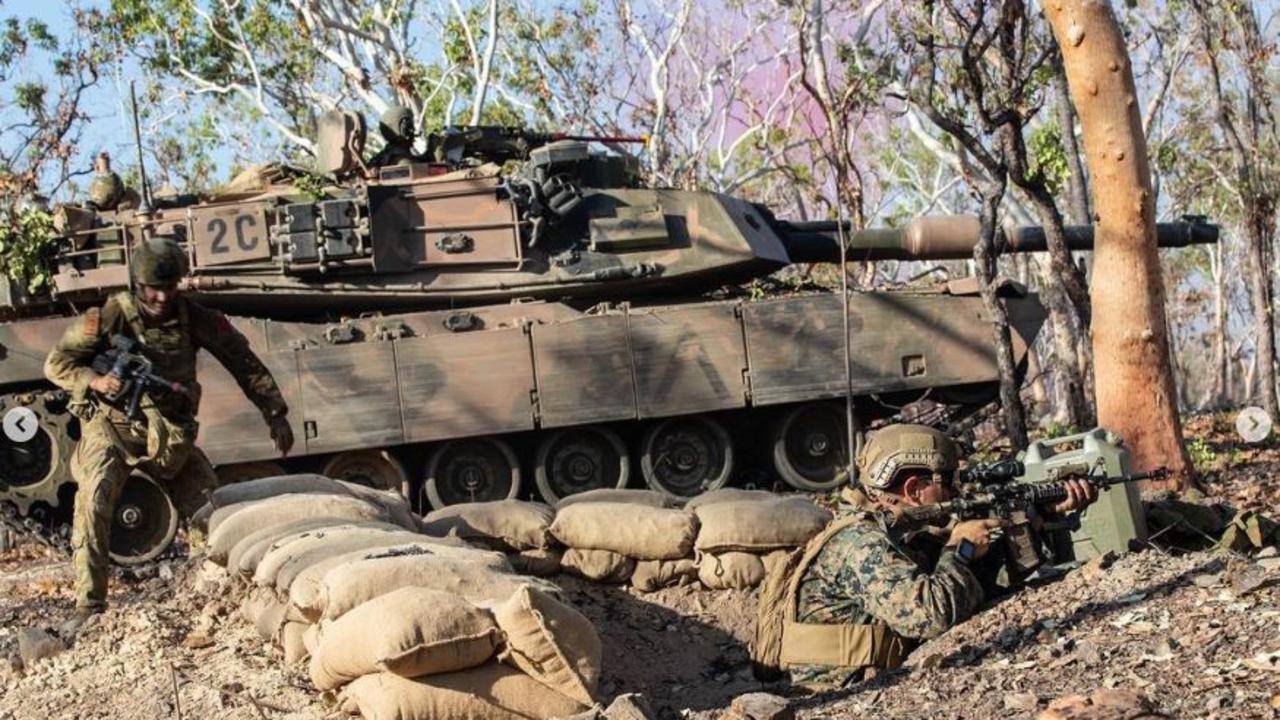
MRF-D Commanding Officer Colonel Brendan Sullivan said the three-week training program was an incredibly important part of humanitarian aid preparation.
He said Exercise Crocodile Response was one of up to eight named exercises the contingent would practise during its deployment.
“The reality is the most likely mission we’ll confront – if history is any indicator – is disaster relief,” Colonel Sullivan said.
“We’re excited to have the opportunity to do it alongside our ADF partners, and to start with a humanitarian assistance and disaster relief exercise, I think sends a strong message that it’s something very, very important to us.”
The exercise is one of many that troops from the US, Indonesia, and Australia will take part in as part of humanitarian aid and disaster relief training for Exercise Crocodile Response 2023.




